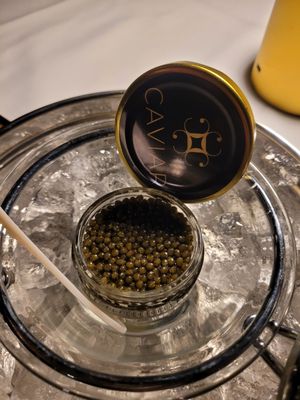
1
Caviar By DNHG
Caviar By DNHG

America’s Caviar Capital Was Once in New Jersey | Eater
"Once the global center of caviar production in the 1880s, this short-lived riverside boomtown on the banks of the Delaware River now exists as a marshy tract near Greenwich with only a rotting pier as evidence of its past. Dozens of riverside dormitories, processing sheds where sturgeon were slaughtered and their eggs prepared, and the railroad that shipped roe off to Europe have all vanished, but at its peak the industry supported hotels, a post office, restaurants and roughly 400 residents—so lucrative that even a slow season could bring in the equivalent of millions of dollars. The boom was jump-started when an immigrant entrepreneur from Hamburg began exporting sturgeon roe by the barrel and local fishermen quickly shifted from discarding sturgeon to building a caviar trade that served elite tables across Europe, even using the eggs on mother-of-pearl spoons and blinis. The run was brief: intense fishing, pollution and habitat damage collapsed local sturgeon populations within decades—catch rates plunged, nets came up empty by 1900, and spawning females in the Delaware fell from an estimated 180,000 in 1890 to only a handful today—ending the industry almost as quickly as it began and prompting many fishermen to seek new fisheries elsewhere." - Claudia Geib





























